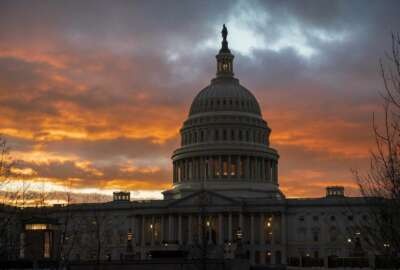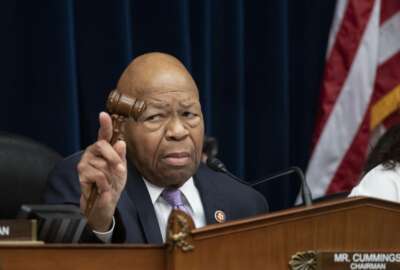
2020 pay raise: Not if, but how much
Given that 2020 is a critical election year, and the number of federal workers in many congressional districts, any federal pay raise is a big deal.
Normally this time of year your average federal worker feels and often looks something like an after-the-party piñata. In recent years there have been costly, wasteful shutdowns, furloughs without pay and last-minute, under-the-wire pay raises.
The record-long shutdown which lasted 35-days in December through January cost an estimated $37 billion, according to Government Executive, in retroactively paid wages to feds who were forced not to work. The missed paychecks, which didn’t impact political appointees or Congress, forced many feds to seek payday loans, skimp on Christmas or in some cases actually use makeshift soup kitchens.
But that was then.
This year’s pay raise issue isn’t a matter of if or when, but how much? President Donald Trump, after first proposing a 2020 federal pay freeze is now backing a 2.6% increase in January of next year. The full House has approved a 3.1% adjustment. A handful of House members lead by Rep. Gerry Connolly (D-Va.) are calling for a 3.6% raise.
In its markup Tuesday, a Senate appropriations subcommittee was silent on the pay issue. Silence usually means consent. In this case the question is whether the full Senate will either defer to the House or back the president, setting the stage for a conference committee. Given that 2020 is a critical election year, and the number of federal workers in many congressional districts, any federal pay raise, no matter how modest, is a big, big deal.
Starting annuities are based on the worker’s highest three-year average salary, with lifetime cost of living adjustments to keep up with inflation. Benefits are fully linked to inflation for Civil Service Retirement System workers and retirees. People retiring under the Federal Employees Retirement System get diet-COLAs (1% less than the actual rise in living costs over 2%) but that is still much better than most remaining private sector pension plans. Thanks to compounding, pay raises and regular within-grade raises based on performance and length of service can dramatically boost lifetime retirement benefits.
Under the Federal Employees Pay Comparability Act, all white collar, nonpostal employees are in a locality pay area. Those areas can include specific geographic regions like metropolitan Chicago, or workers scattered around the country who are in the catch-all rest of U.S. (RUS) pay zone. Thanks to locality pay raises, workers generally don’t get the same January percentage pay raise. That can and does produce a substantial differential, sometimes several thousand dollars per year, from city to city. Meaning some feds make more than others for doing the same jobs at the same grade level because of the locality differentials.
For example, in January feds in the Washington-Baltimore locality pay zone got the largest increase of 2.27%. Those in RUS got 1.66%. The total pay raise was 2.11% for government workers in metropolitan New York City, which includes parts of Connecticut and New Jersey. Feds in Austin got 2.05%, while those in the San Francisco-San Jose zone got 2.18% and government employees in metropolitan Cincinnati, which includes parts of Indiana and Kentucky, received 1.69%.
See where your city/locality zone stands now in the pay raise derby.
Hey Boss, why the sad face? Although a pay raise of any amount is cause for celebration for most civil servants, a growing number of bosses around the country find no joy in the proposed increases. How come? Check out this space tomorrow.
Nearly Useless Factoid
by Amelia Brust
The doorbell to the left of the front door of 10 Downing Street, the U.K. prime minister’s official residence, is inscribed with the word “PUSH,” even though it does not work.
Source: Wikipedia
Copyright © 2025 Federal News Network. All rights reserved. This website is not intended for users located within the European Economic Area.
Mike Causey is senior correspondent for Federal News Network and writes his daily Federal Report column on federal employees’ pay, benefits and retirement.
Follow @mcauseyWFED





